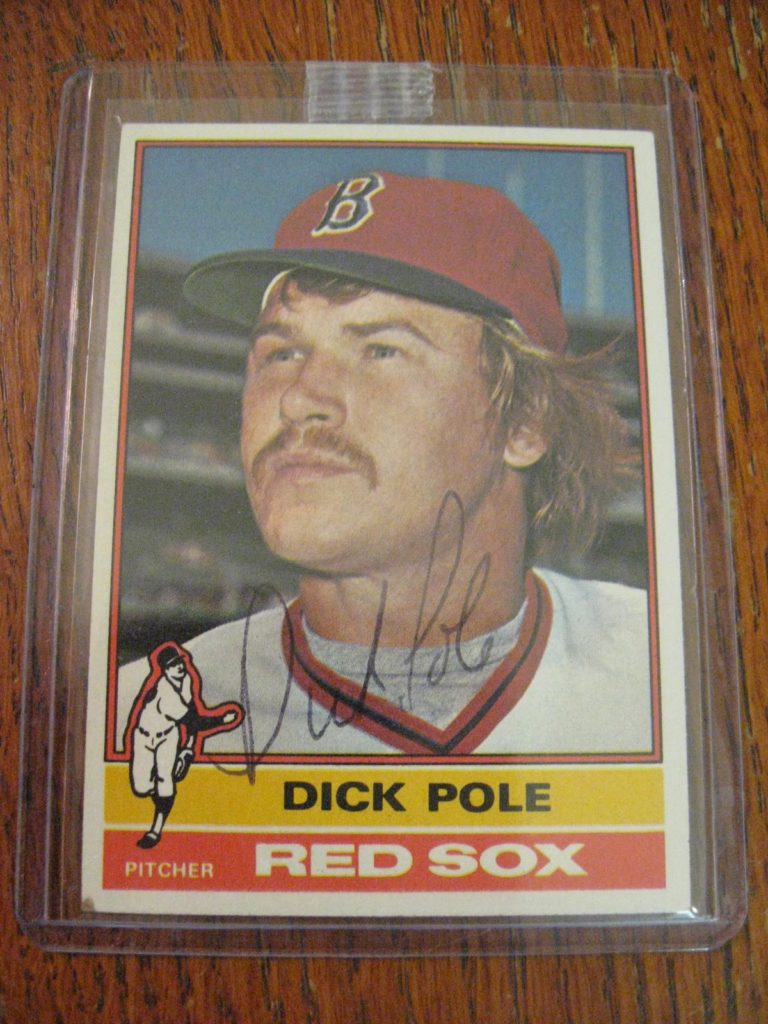Enter, the new era of the baseball card industry.
As the 2022 New Year rang in, no one expected the unprecedented deal that was about to go down. Ex-Disney CEO Michael Eisner sold the Topps Company to rival Fanatics for $500 Million. While many speculated what Topps’ next move was going to be after they lost the Major League Baseball licensing rights, Topps still stood as the golden-standard of sports trading cards. They held NHL and NFL licensing rights, among various others. MLB was their biggest seller, though. While Panini’s biggest seller in NBA cards, which Fanatics are acquiring the rights to as well, have competed with MLB as the best selling sports cards, Topps one-two punch of NHL and NFL still put them atop the hobby world.
For those who aren’t aware of who or what Fanatics is, they are an e-commerce company owned by Michael Rubin. Rubin used to own GSI Commerce, which was an apparel and logistics retail company before he sold them to eBay for a whopping $2.4 billion in 2011. Then later he bought them back in a fire sale, when eBay realized they couldn’t compete with Amazon. Rubin also has ownership stakes in the New Jersey Devils and the Philadelphia 76ers. Mind you, he’s only 49-years-old. So, yeah, that guy.
When Topps lost the MLB licensing rights, which were to expire after 2025, it was a crushing blow for collectors everywhere. Topps has been a staple since the turn of the 20th century. Trading cards started with the Topps brand, and everything following that was second-class. Or as some would put it “the poor man’s Topps”. It looked as if Topps would eventually sell for parts, but when this deal went down with Fanatics it breathed new life into them. While it’s only speculated and rumored at this point, Fanatics will most likely keep the Topps name in place. Why mess with perfection, right? Topps will run business as usual, just under the umbrella of Fanatics.
Fanatics wants to bring the sports card collecting world into the next era. This not only means for physical cards, but for digital cards as well. Apps such as Topps Bunt present a direct to consumer model that the e-commerce company, which was valued at $18 billion in 2021, wants to expand on.
Fanatics wants to merge the trading card process (physical & digital) as a one-stop shop, which will turn the industry on it’s head. It will force the irrelevant middlemen out of the business and get right to the meat and bones of what consumers want to see. For example, if a collector purchases a trading card, with Fanatics’ model they will be able to insure that asset, grade it, store and even put the cards on a marketplace to sell or trade.
Rubin picked a perfect time to get into the industry, as the sports trading card industry is projected to reach $98.7 billion by 2027, according to Verified Market Research.
With the acquisition of Topps, Fanatics perfectly aligns itself to build out its NFT collectibles sector through its Candy Digital company. Candy Digital has exclusive rights to produce MLB digital art work, so the bread crumb trail to this major acquisition by Fanatics could’ve been predicted long ago for anyone that cared to dig.
Fanatics is currently entertaining online sports betting and has relationships with not only every sports league, but players’ unions themselves, so down the road we could see, maybe, more profit for the players with the use of their names and likeness. Where incorporations like Topps, took more of the pie and pigeon-holed itself as just a sports trading card company.
The whole game will change now. Just remember though, Fanatics won’t take over fully until 2026 at the latest, so Topps will still have a few years to exclusively own the rights. For many collectors it was a tough pill to swallow at first, but when Fanatics introduced their ideas and a look into the future of the hobby, it was clear this was the best move for Topps, while also keeping the brand name makes everyone happy.

